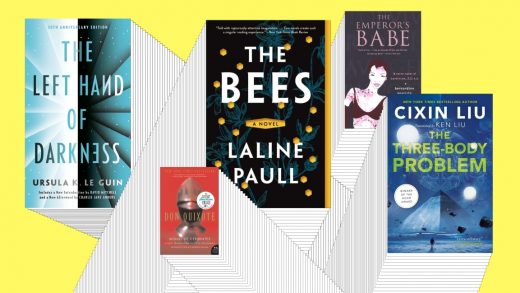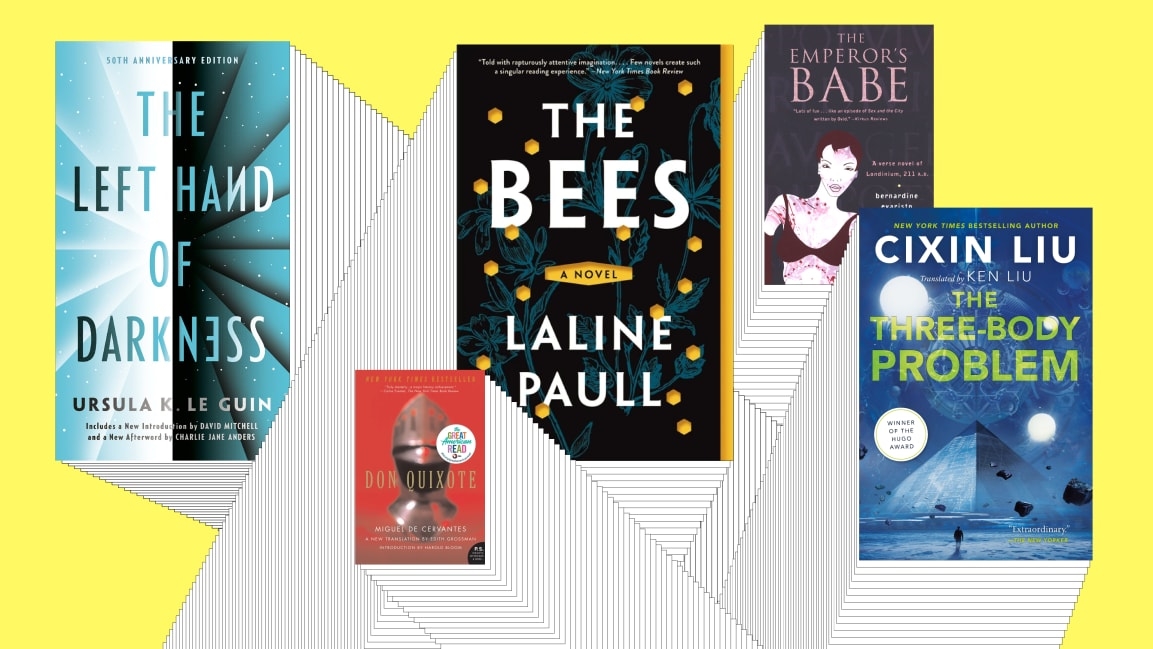5 novels for designers who want a shot of inspiration
Amateurs design for themselves; pros design for other people. The design process is all about empathy, and design thinking has given us a whole load of ways to walk in other people’s shoes. I spent many years getting inside the heads of people at the extremes of human experience, which led to breakthrough products in everything from athletic wear to insect repellent.
But you don’t always need to go to such lengths to empathize with somebody very different from yourself. It helps if you read, doubly so if you read fiction. As the writer Neil Gaiman said, when you read stories, “You learn that everyone else out there is a me, as well. You’re being someone else, and when you return to your own world, you’re going to be slightly changed.” If you have the time this season to become somebody else for a while, here are some “me’s” you might like to be for a while.
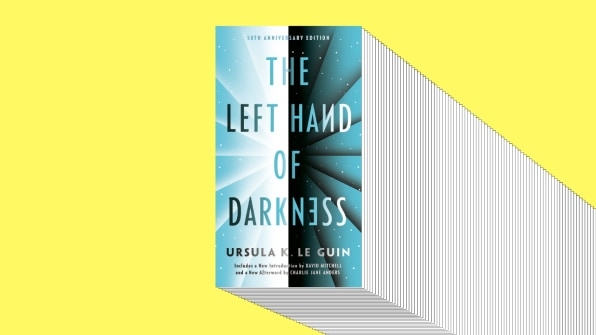
The Left Hand of Darkness by Ursula K. Le Guin
Ursula K. Le Guin once said that she wrote about real people with real problems who happen to live in imaginary worlds. In The Left Hand of Darkness, the hero, Genly, is a human whose problem is that he’s caught up in a coup. The imaginary world is one peopled by androgynous humans, who assume a random gender for a few days a month as part of their reproductive cycle. When it was written in the 1960s, it was one of the first explorations of what gender—and lack of it—does to our relationships and to society. It manages to take you deep into the most extreme kind of gender fluidity, and at the same time, it’s a super exciting chase through snowy forests on another world.
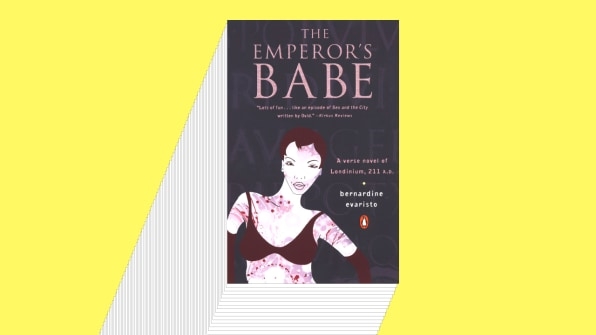
The Emperor’s Babe by Bernardine Evaristo
You know the story: Young woman in London spends her days scratching a living and her nights clubbing and partying with her mates. She meets a rich, powerful man. They have fun together. Then the rich guy becomes emperor of Rome. Because, yes, this story is set in the second century AD, its heroine is African, Roman, and a Londoner—as is her boyfriend. London is at once strange and recognizable: endlessly surprising, chic, and brutal. Only the gory gladiatorial entertainments seem out of place. This may be a gentle introduction to empathy for many designers: It’s probably not too great a leap to imagine yourself a hip young thing in a vibrant city, and it’s a reminder that people in cultures very distant from our own share a lot of our same hopes, dreams, and desires.
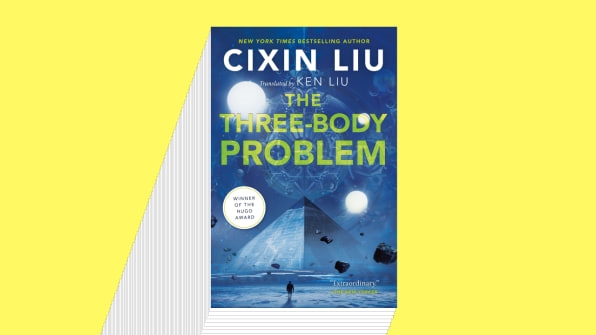
The Three-Body Problem by Cixin Liu
It’s always a shock to see the world through the eyes of someone from another nation. I pick up an American newspaper, and the U.K., my own country, disappears before my eyes. The future can also look very different from the other side of the world. In The Three-Body Problem, Earth (*cough* China) is contacted by a distant but technologically superior alien species (*cough* America). Through the trilogy, the Earthpeople’s creeping feeling of paranoia turns out to be realism: Yes, the aliens are out to get us. The inventiveness of the Earth’s response to the threat is breathtaking. And the aliens’ responses to our responses are absolutely mind-blowing. You’ll never see the night sky—or a news report about China—in quite the same way again.
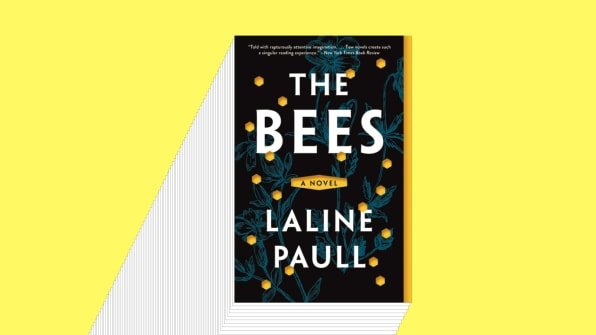
The Bees by Laline Paull
If you’re looking for a complete out-of-body experience, why not spend the holiday season as a bee? Laline Paull’s debut immerses you in the world of a hive where every bee has a role, and when they are tired of that role, they report for The Kindness, where they are taken to the edge of the hive, politely decapitated, and thrown over the edge. We meet a bee who has an uneasy feeling she’s out of place, and are plunged into a world of totalitarianism, rebellion, and surprisingly horny bee sex. You know you’ve been truly immersed in a character when you look up from the book and are surprised to find you only have four limbs.
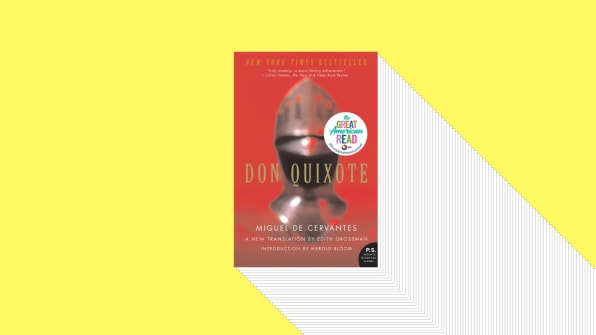
Don Quixote by Miguel De Cervantes
You’ll learn more about reality distortion fields in this book than you will in any biography of Steve Jobs. It’s a story about somebody who’s been driven mad by reading too much fiction; he thinks he’s a superhero out to save the world. As we travel with its deranged hero through Renaissance Spain, seeing it through his eyes, it’s the world that seems mad and Don Quixote who seems more and more rational. This is super-advanced identification, learning to see the world through the eyes of a fictional character who’s seeing the world through the eyes of a fictional character. Finish Don Quixote, and you will have reached Inception-level empathy.
Empathy is a muscle; it strengthens the more we use it. Spend some time this holiday season as a 16th century Spanish knight, an androgynous alien, or a bee, and you won’t just have escaped for a few hours. As Gaiman went on to say, “Empathy is a tool for building people into groups, for allowing us to function as more than self-obsessed individuals.” That sounds like something to aim for this holiday, and for the coming year. Now if you’ll excuse me, I have to go and be a monk in plague-ridden medieval England for the rest of the afternoon.
Brian Millar is cofounder of Paddle Consulting, a company that measures the engagement preferences of global audiences. @paddlepowered
(24)

